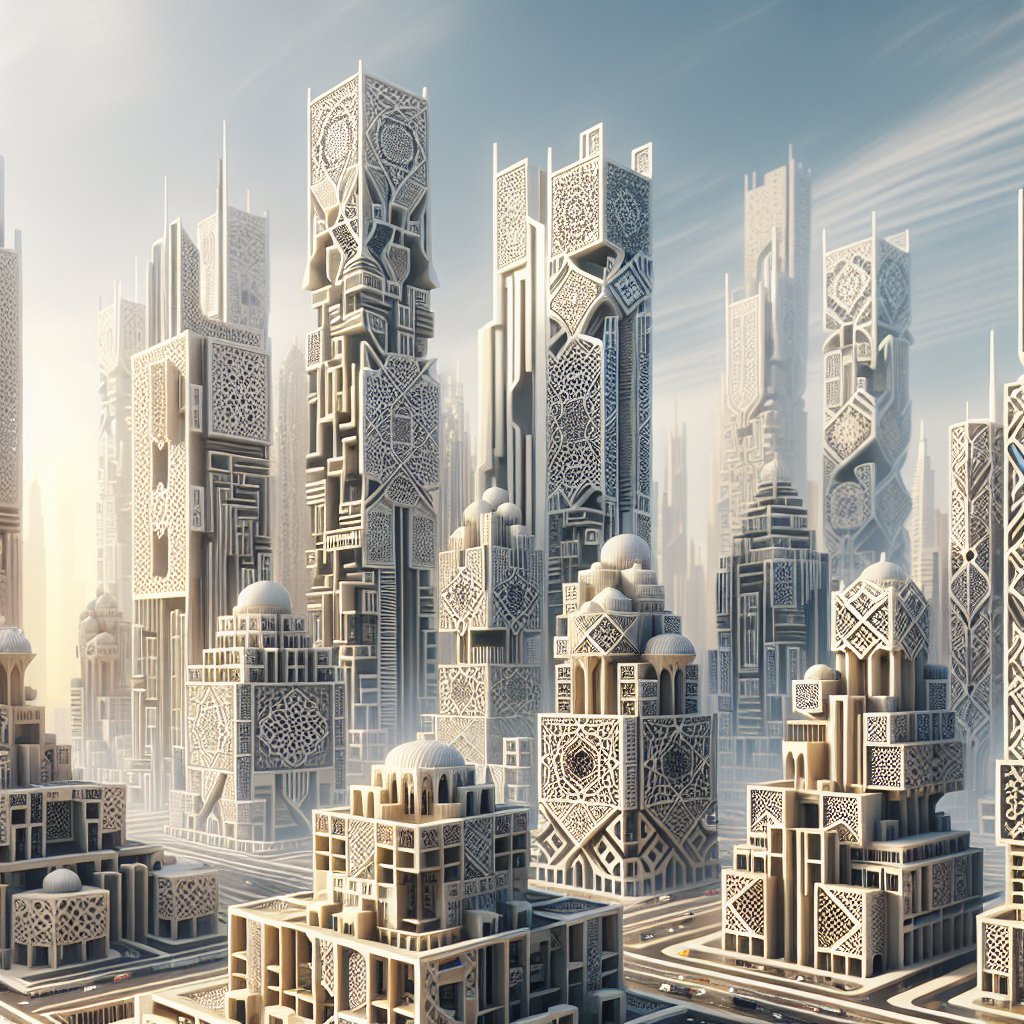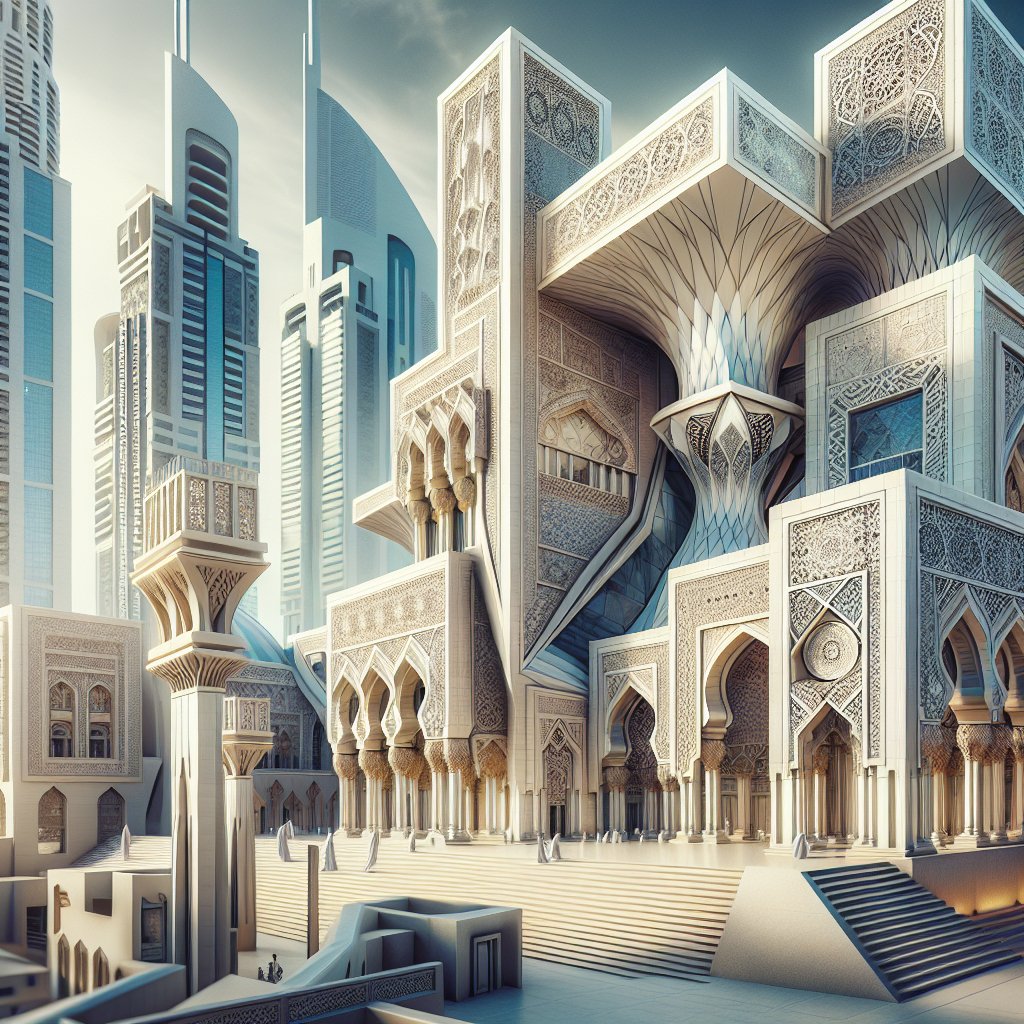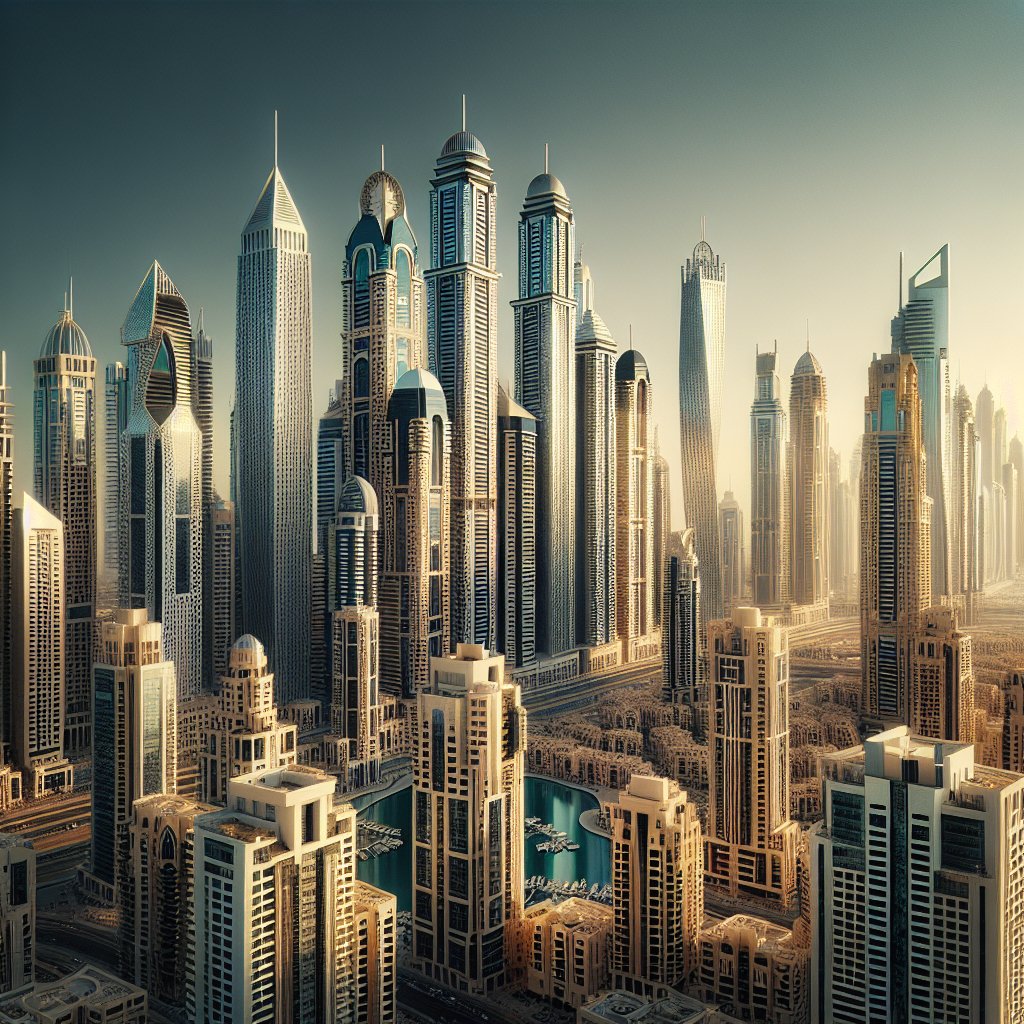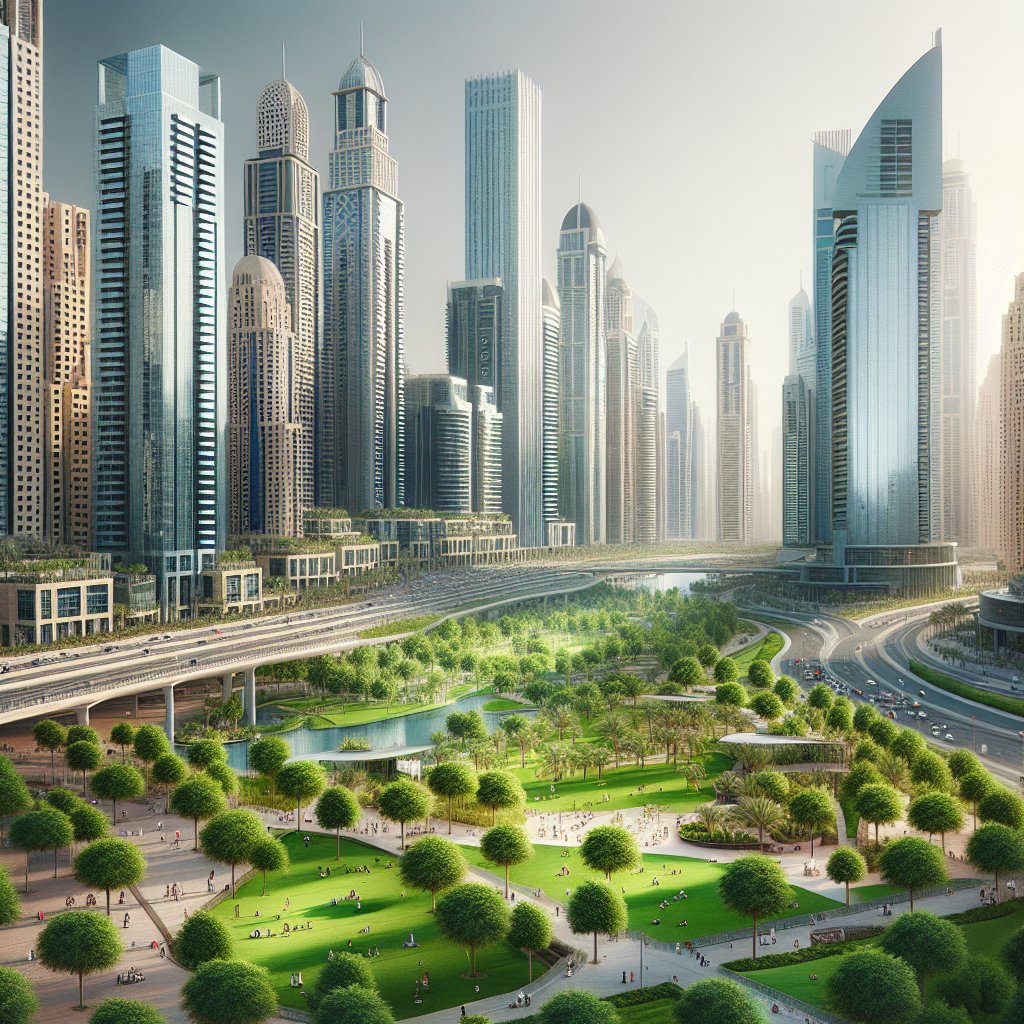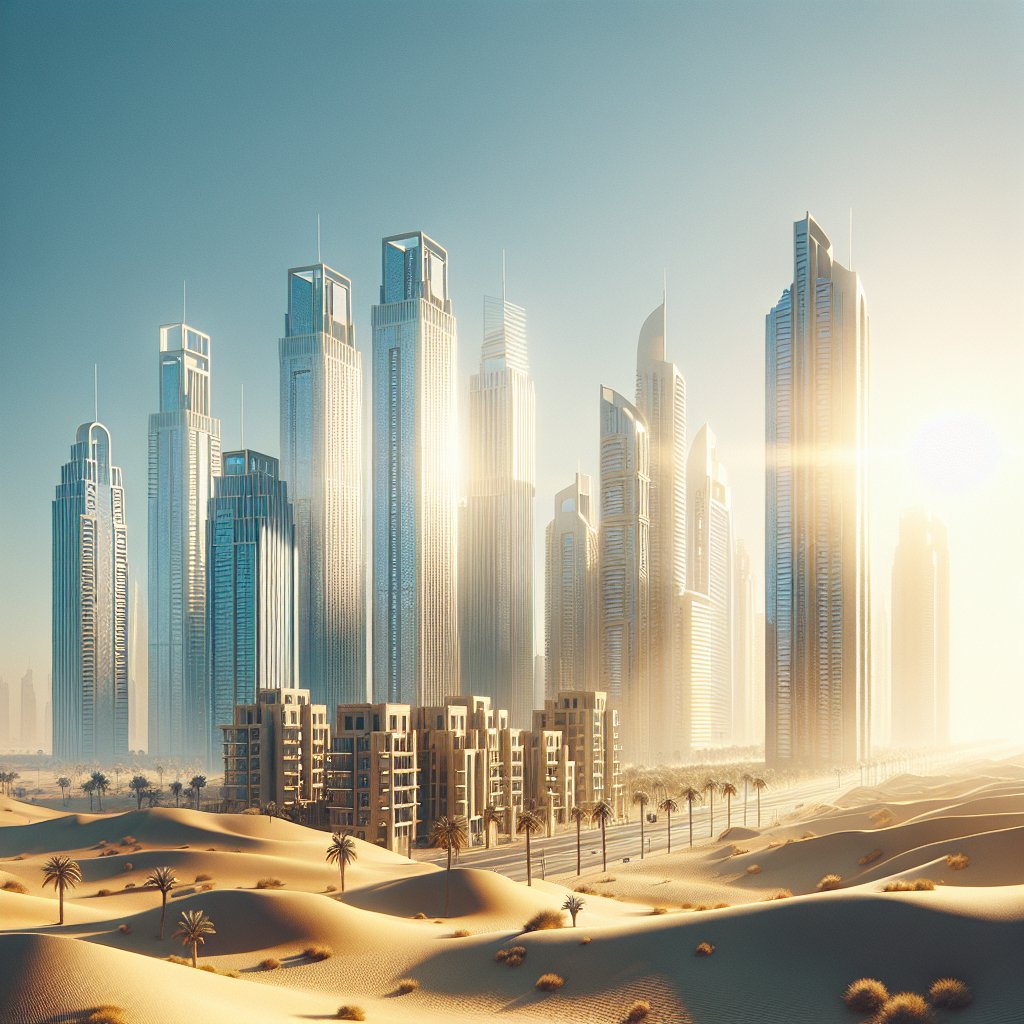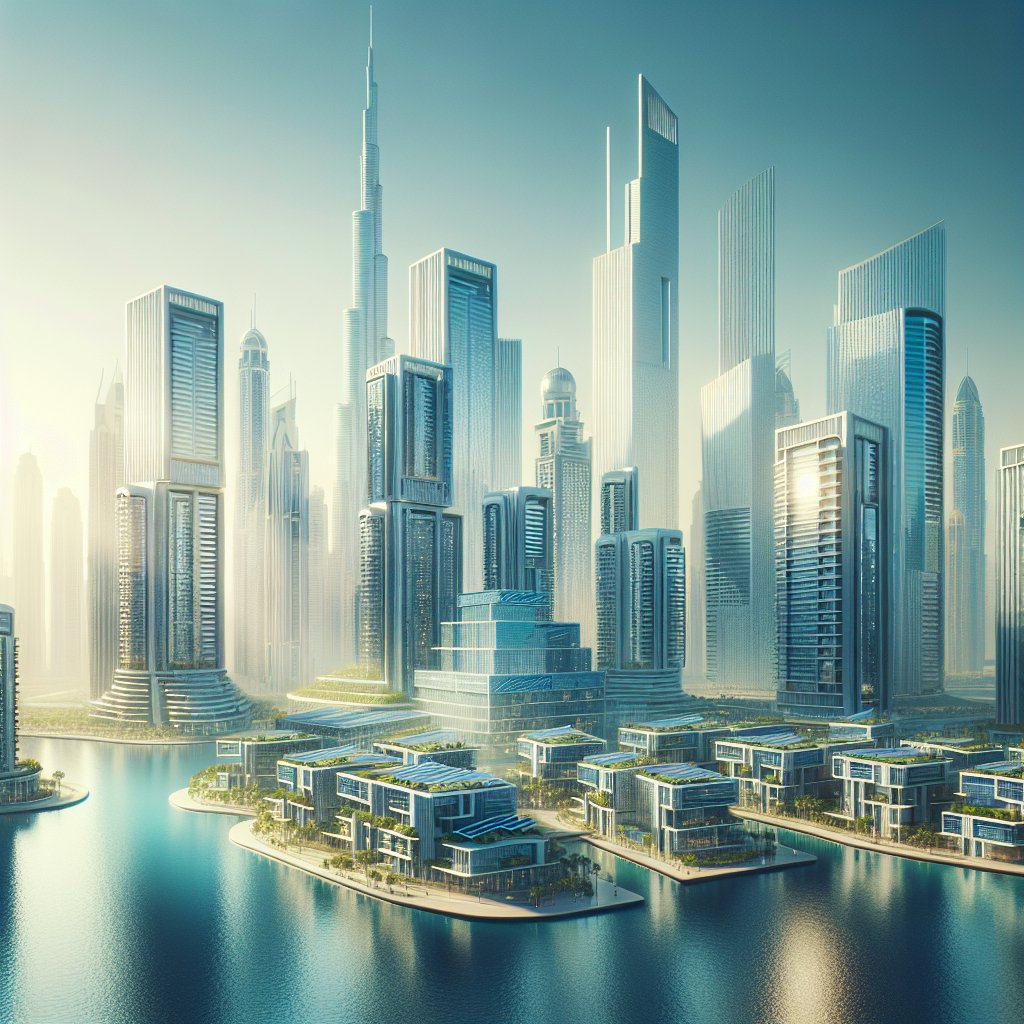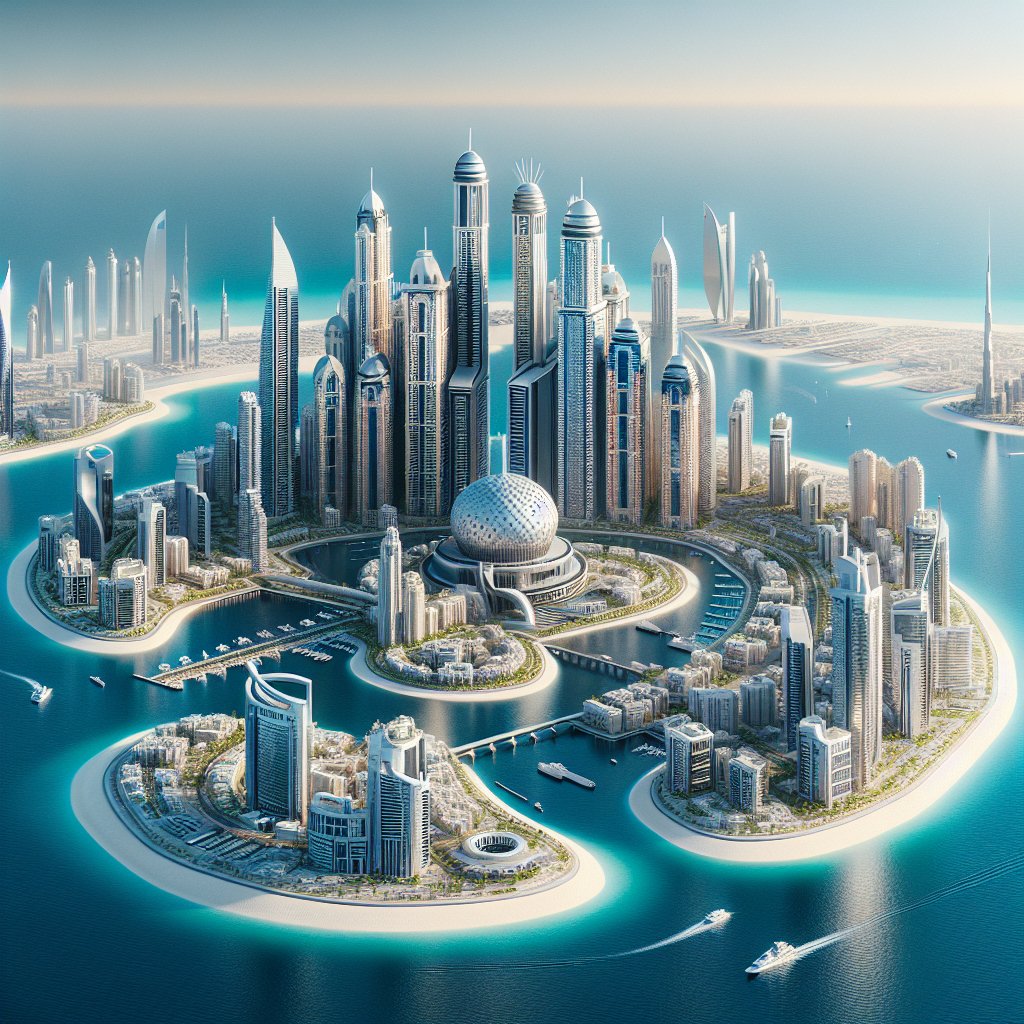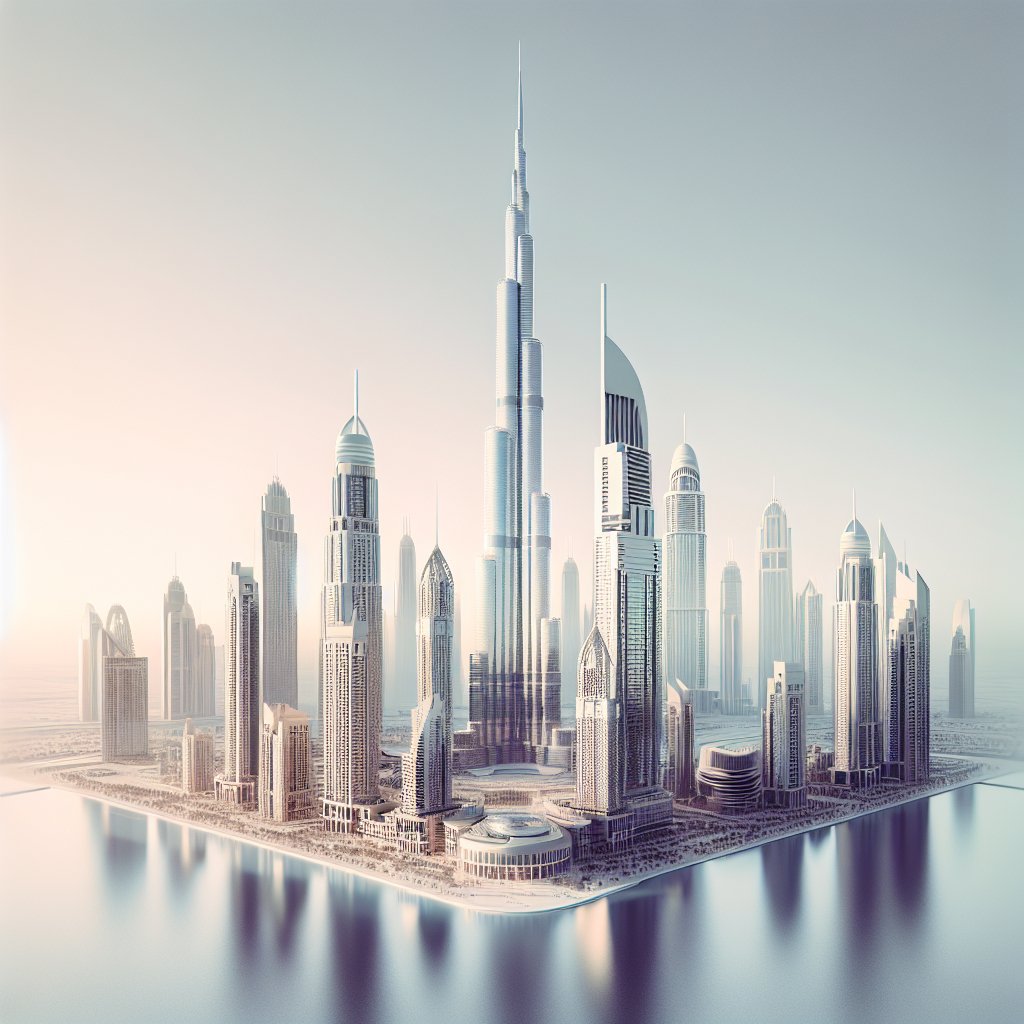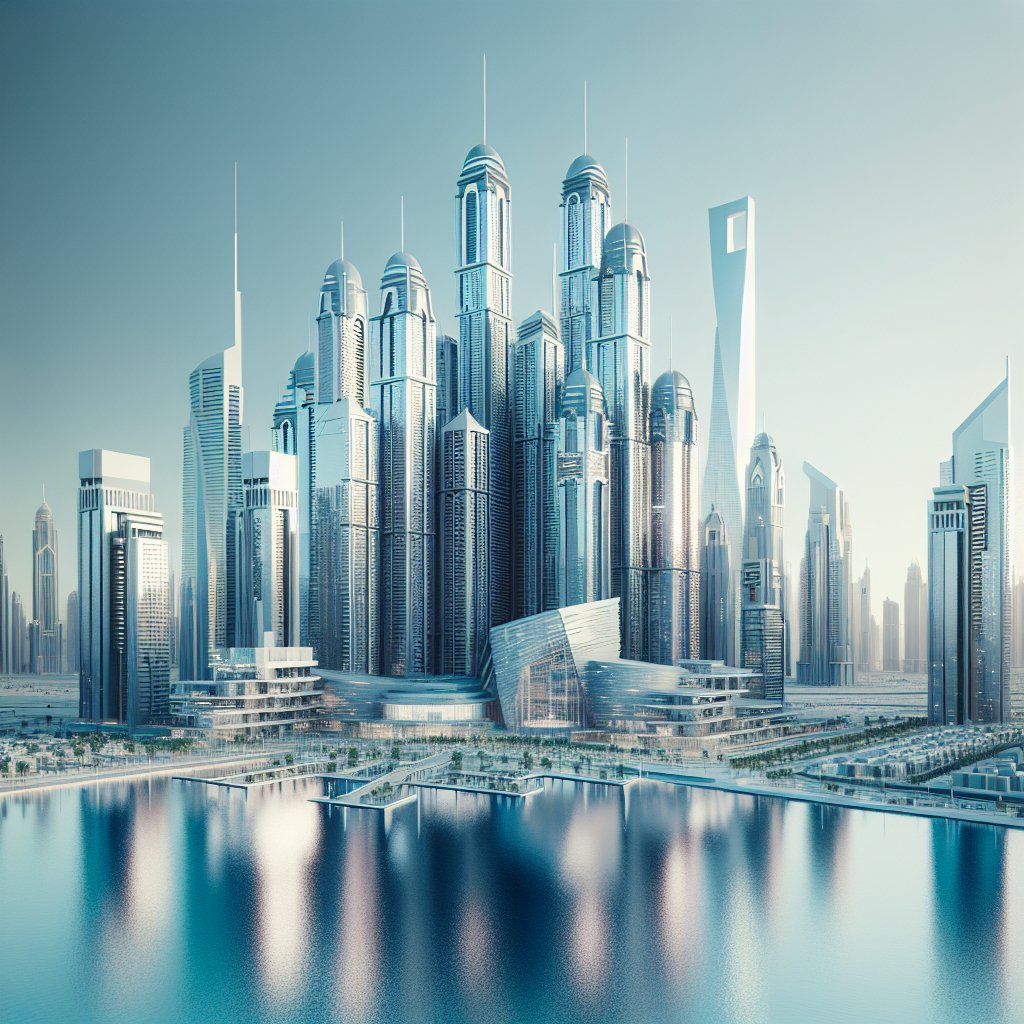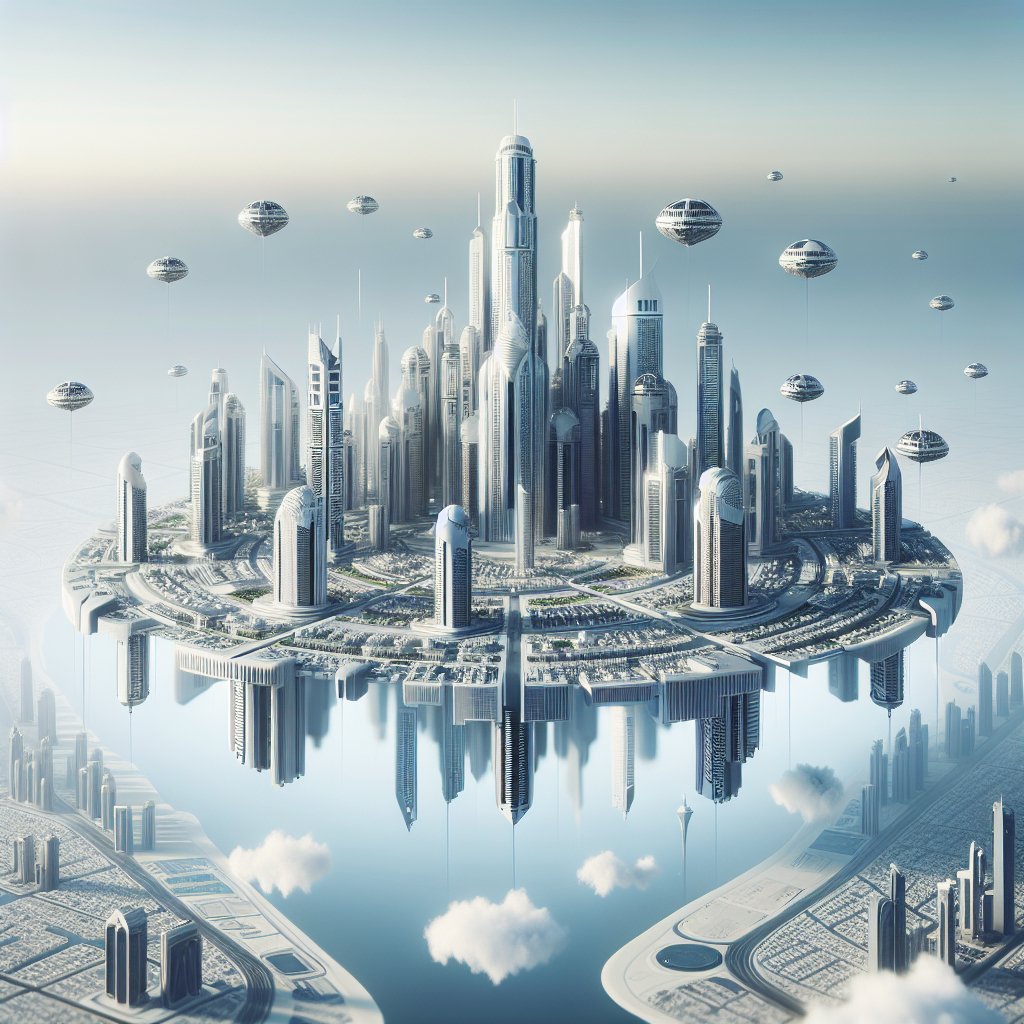Dubai, a city renowned for its futuristic skyline and architectural marvels, has ingeniously incorporated Islamic geometry into its modern buildings, creating a unique blend of tradition and innovation. This fusion not only pays homage to the rich cultural heritage of the region but also sets a new standard in architectural design, attracting global attention and admiration.
The Significance of Islamic Geometry
Islamic geometry is a profound art form that has been an integral part of Islamic culture for centuries. It is characterized by intricate patterns and designs that are both aesthetically pleasing and symbolically significant. These geometric patterns are often seen in Islamic art, architecture, and design, serving as a visual representation of the infinite nature of Allah. The use of repetitive patterns and symmetry in Islamic geometry is not merely decorative; it is deeply rooted in the spiritual and philosophical beliefs of Islam.
Incorporating Islamic geometry into modern architecture is a way of preserving cultural identity while embracing contemporary design principles. This approach allows architects to create spaces that are not only functional but also resonate with the cultural and spiritual values of the region. In Dubai, this fusion of tradition and modernity is evident in many of its iconic buildings, where Islamic geometric patterns are seamlessly integrated into the design, creating a harmonious balance between the old and the new.
Iconic Examples of Islamic Geometry in Dubai’s Architecture
One of the most striking examples of Islamic geometry in Dubai’s architecture is the Burj Khalifa, the tallest building in the world. The design of the Burj Khalifa is inspired by the Hymenocallis flower, a regional desert flower, and incorporates Islamic geometric patterns in its structure. The Y-shaped floor plan of the building is a nod to traditional Islamic architecture, while the spiraling design reflects the minarets of mosques, creating a modern interpretation of Islamic design principles.
Another notable example is the Jumeirah Mosque, which is a stunning representation of Islamic architecture in Dubai. The mosque features intricate geometric patterns and calligraphy, showcasing the beauty and complexity of Islamic design. The use of geometric patterns in the mosque’s architecture not only enhances its aesthetic appeal but also serves as a reminder of the spiritual significance of these designs in Islamic culture.
The Dubai Frame, a recent addition to the city’s architectural landscape, also incorporates Islamic geometry in its design. The structure, which resembles a giant picture frame, features intricate geometric patterns on its facade, inspired by traditional Islamic motifs. This design element not only adds to the visual appeal of the structure but also connects it to the cultural heritage of the region, making it a symbol of Dubai’s commitment to preserving its cultural identity while embracing modernity.
The Role of Technology in Modern Islamic Architecture
Incorporating Islamic geometry into modern architecture in Dubai is not just about aesthetics; it also involves the use of advanced technology and innovative design techniques. Architects and designers in Dubai are leveraging cutting-edge technology to create complex geometric patterns that were once difficult to achieve using traditional methods. This has allowed for greater precision and creativity in the design process, resulting in buildings that are not only visually stunning but also structurally sound.
One of the key technologies used in modern Islamic architecture is computer-aided design (CAD) software, which allows architects to create intricate geometric patterns with ease. This technology enables designers to experiment with different patterns and designs, ensuring that the final product is both aesthetically pleasing and structurally viable. Additionally, the use of 3D printing technology has revolutionized the way Islamic geometric patterns are incorporated into modern buildings, allowing for greater flexibility and creativity in the design process.
Furthermore, the use of sustainable materials and construction techniques is becoming increasingly important in modern Islamic architecture. In Dubai, architects are incorporating sustainable design principles into their projects, ensuring that the buildings are not only visually appealing but also environmentally friendly. This approach not only aligns with the principles of Islamic architecture, which emphasize harmony with nature, but also reflects Dubai’s commitment to sustainability and environmental conservation.
The Future of Islamic Geometry in Dubai’s Architecture
As Dubai continues to grow and evolve, the incorporation of Islamic geometry in its architecture is likely to play an increasingly important role in shaping the city’s identity. This fusion of tradition and modernity not only enhances the aesthetic appeal of the city’s buildings but also serves as a testament to Dubai’s commitment to preserving its cultural heritage while embracing innovation and progress.
In the future, we can expect to see even more innovative uses of Islamic geometry in Dubai’s architecture, as architects and designers continue to push the boundaries of what is possible. This will not only result in more visually stunning buildings but also contribute to the city’s reputation as a global leader in architectural design and innovation.
In conclusion, the incorporation of Islamic geometry in modern buildings in Dubai is a testament to the city’s ability to blend tradition with innovation. By embracing this unique design approach, Dubai is not only preserving its cultural heritage but also setting a new standard in architectural design, attracting global attention and admiration. As the city continues to grow and evolve, the use of Islamic geometry in its architecture will undoubtedly play a crucial role in shaping its identity and future.
